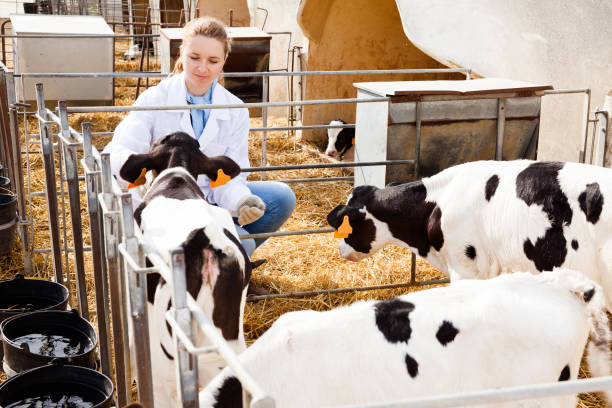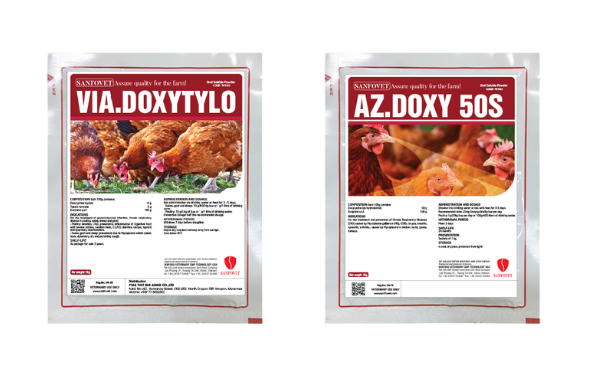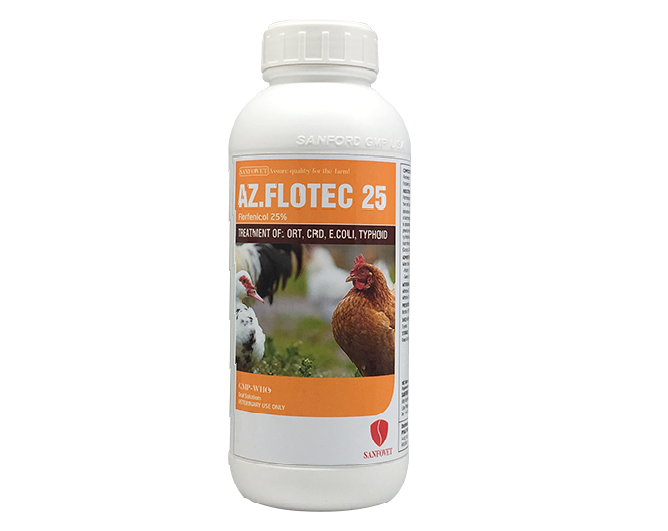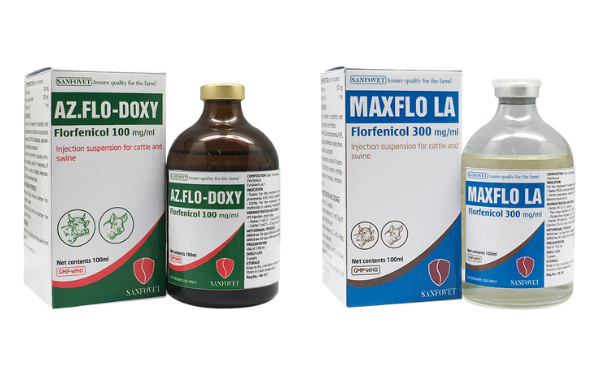Respiratory disease is one of the most common in livestock production. These type of diseases can appear at any time during a year, especially during season changes and in areas with poor sanitation. In this article, we will discuss what cause this type of disease and explore different options to keep them at bay.
Respiratory diseases are the type of diseases that affect the lung and other parts of the respiratory system. Let’s take a more detailed look at the respiratory tract:

It goes without saying that respiratory activities is an indispensable part of any living things survival as oxygen helps organism grow, reproduce, and turn food into energy. Therefore when suffering from respiratory diseases, animals may experience difficulty in respiration and parts of their respiratory tracts will suffer from certain after-effect.
Bacteria or viruses are the most common culprit for causing lung diseases in aminals. Here are some common diseases and virus strains that cause respiratory diseases in these group of animals:
Livestocks suffer from respiratory diseases will experience hypoxia. Hypoxia is defined as a state in which an animal does not have enough oxygen to maintain normal metabolic functions. Animals deprived of oxygen will show respiratory failure, namely as:
If brain hypoxia occurs, respiratory function may be further impaired by impaired neuronal activity. In addition, multi-organ dysfunction may result.
You can easily recognize respiratory infections if livestocks show these symptoms:
To protect livestocks from contracting respiratory diseases, you can follow some of the following measures:

In case livestocks are infected with respiratory diseases, they should be given treatment promptly because of respiratory diseases are infectious. Therefore, selecting a drug with a quick and long-lasting effect to stop relapsing is imperative.
In addition, certain type of bacteria strains are susceptible to certain active ingredients in respiratory agents so studying the exact type of disease that livestock are contacted to is crucial. Should treatment is not given in time and when the infection has become acute, many other conditions may follow after that. In such cases, treatment a combination of measures to strengthen the animal constitution to prevent secondary infections.

- Swine, goat and sheep: 10 g / 100 kg b.w or 1 g / 1 litre of drinking water.
- Poultry: 10 g / 5 kg of b.w. or 1 g / 1 litre of drinking water.
- Cattle, goat and sheep: Twice daily 1 g / 40 kg of b.w for 3 - 5 days.
- Swine: 10 g / 200 kg of b.w per day or 40 g / 100 litres of drinking water for 3 - 5 days.
- Poultry: 10 g / 80 - 100 kg of b.w. or 100 g per 200 - 300 litres of drinking water for 3 - 5 days.

Oral administration via drinking water or feed for 3-5 days with the following recommended concentration:
- Poultry: 1 g / 1 - 2 liter of drinking water or 10 g / 100 kg of b.w.
- Swine: 2 g / 50 kg of b.w twice daily or 150 g / 100 kg of feed.
Preventive dosage: half the recommeded concentration.

- Poultry: 100 g / 400 kg of b.w. per day or 1 g / 1 liter of drinking water.
- Swine: 2 g / 8 kg of feed.

- Cattle: I.M. or S.C. injection.
Two-dose regimen: I.M., 1 ml / 15 kg of b.w, repeat 48 hours later.
Single-dose regimen: S.C., 1 ml / 7 - 8 kg of b.w. as a single dose.
- Swine: I.M injection, 1 ml / 20 kg of b.w, repeated 48 hours later.
- Swine: 1 ml / 12 - 15 kg of b.w, for 3 - 5 days.
- Cattle: 1 ml / 15 - 20 kg of b.w, for 3 - 5 days.
Sanfovet is one of the first factories in Vietnam to be certified with GMP-WHO and we have years of experience and many products that are trusted by local and international herders. Hopefully you will find the information provided above helpful in the fight against respiratory diseases.